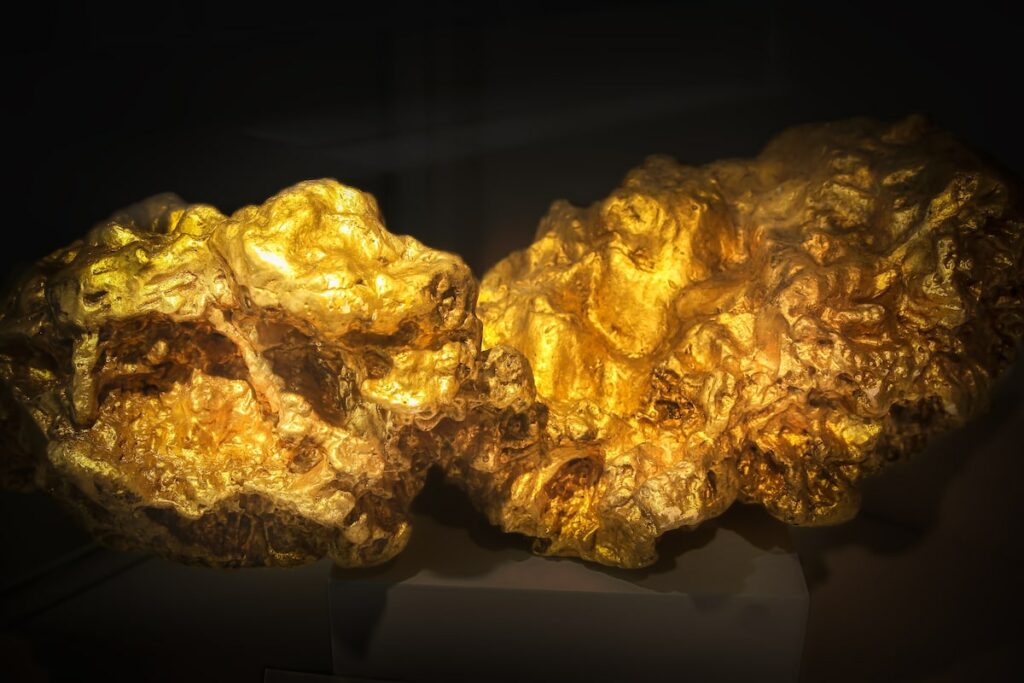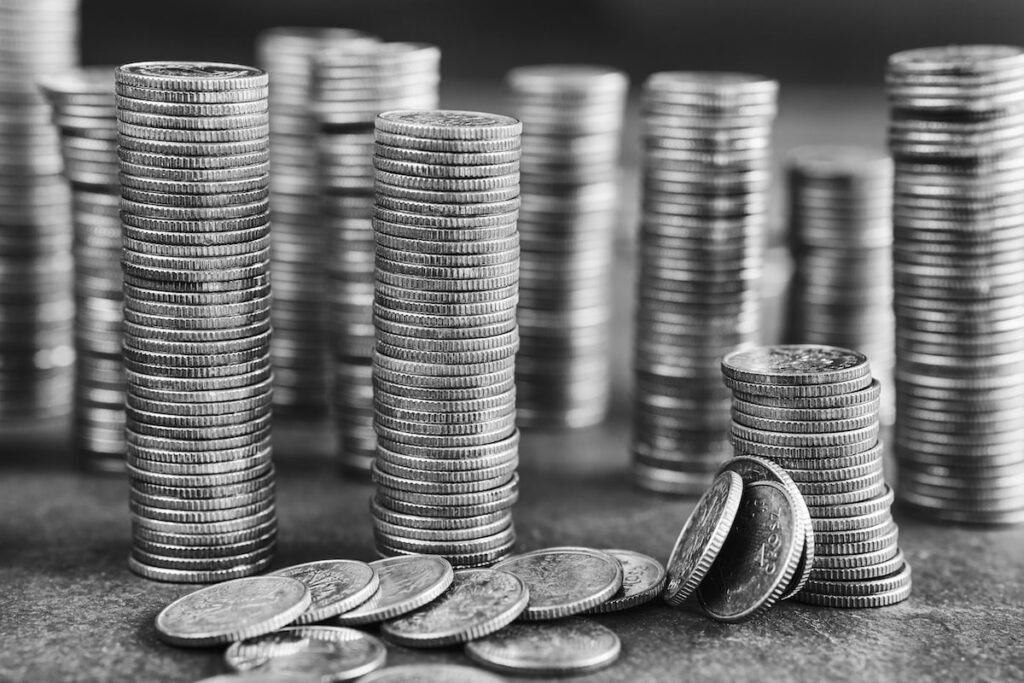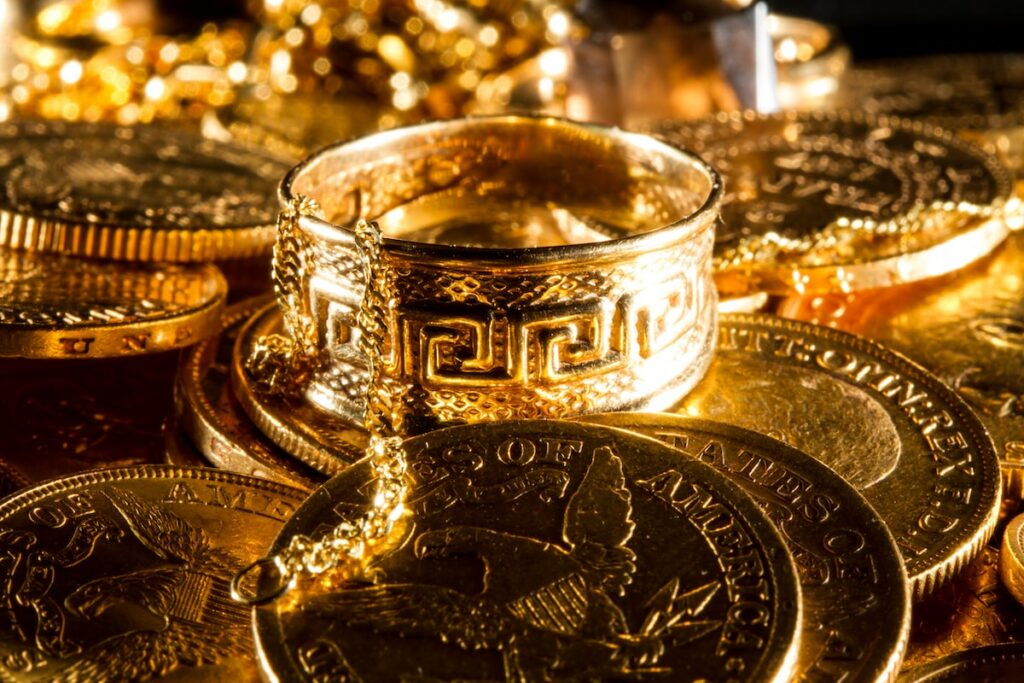When I first started stacking I found it pretty confusing to understand the difference between coins and bars from sovereign mints, versus coins and bars from private mints.
I mean, what was the actual difference? Why are sovereign minted coins and bars more expensive than those from private mints? And which type was best for my needs?
Those were just a few questions I had.
As a seasoned stacker, I now know the difference between sovereign and privately minted coins, and here it is:
The main difference between sovereign and private mints is that sovereign mints are affiliated with a government and are authorized to produce legal tender, while private mints are not affiliated with a government and do not produce legal tender.
Sovereign mints are responsible for producing the coins and paper money that are used as legal tender in their respective countries.
Private mints, on the other hand, produce coins and other items that are not legal tender, but are intended for collectors or as commemorative items.
Sovereign mints are typically owned and operated by the government, while private mints are owned and operated by private companies.
| Private Mint | Sovereign Mint | |
| Minting Type | Private | Government |
| Legal Tender | No | Yes |
| Face Value | No | Yes |
| Typical Silver Premium | 10%-30% | 20%-40% |
| Security Features | Depends | Yes |
| Highly Liquid | Depends | Yes |
The price for rounds often hovers near to the spot price of Precious Metals compared to sovereign coins that typically have a higher premium.
Let me explain in more detail.
I will also help you understand which type of minting would be best for your own stacking needs.
Sovereign Mints Can Issue Legal Tender
Sovereign mints are authorized to issue legal tender, which is money that is recognized as a valid form of payment by the government.
Legal tender is typically issued in the form of coins and paper money, and it is backed by the government that issued it.
Examples of sovereign mints include:
- The Royal Canadian Mint
- The United States Mint (Bureau of the Department of the Treasury)
- The Perth Mint of Australia
Sovereign mints are responsible for producing the coins and paper money that are used as legal tender in their respective countries.
In some cases, sovereign mints may also produce coins or other items that are not legal tender, but are intended for collectors or as commemorative items.
Most Sovereign Coins Have Security Features
Sovereign coins, which are coins issued by a government, often have several security features to prevent counterfeiting.
These can include special inks, microprinting, holograms, and watermarks.
In addition, sovereign coins are typically made with special alloys that are difficult to replicate, and may have unique designs or engravings that are difficult to reproduce.
Some sovereign coins also have security features that are visible only under certain types of light, such as ultraviolet light, which makes them difficult to counterfeit.
Finally, many sovereign coins are also equipped with RFID chips or other technology that allows them to be authenticated quickly and easily.
Sovereign Minted Coins Are Highly Liquid
Sovereign coins are considered to be liquid assets because they can be easily converted into cash.
This means that they can be readily bought or sold on the open market, and their value is relatively stable.
Some sovering mints issue coins of supiror purity include the following:
| 1 oz Coin Name | Country of Emission | Purity |
| Canadian Maple | Canada | .9999 |
| Australian Kangaroo | Australia | .9999 |
| Austrian Philharmonic | Austria | .9999 |
| American Silver Eagle | USA | .999 |
| Chinese Panda | China | .999 |
| Mexican Libertad | Mexico | .999 |
| South African Krugerrand | South Africa | .999 |
| English Britania | England | .999 |
The liquidity of sovereign coins makes them attractive to investors and collectors, as it allows them to easily convert their coins into cash if they need to.
Additionally, the liquidity of sovereign coins makes them a useful form of money, as they can be easily used to make purchases or to pay debts.
However, private mints can only create generic rounds.
Private Mints Can Create Generic Rounds
Private mints are companies that produce coins, but they are not affiliated with a government.
Private mints are not authorized to issue legal tender, so the coins they produce are not recognized as a valid form of payment by the government.
However, generic rounds can be high quality and excellent, cheaper options for gold and silver stackers, barterers, or collectors.
A list of reputable private mints include:
- Europa
- Engelhard
- Johnson Matthey
- PAMP Suisse
Here are some examples of 1oz silver coins minted by private companies:
| 1 oz Silver Coin Name | Country of Emission | Purity |
| Europa | Bulgaria | .9999 |
| New Zealand Tree of Life | New Zealand | .9999 |
| Buffalos | USA | .999 |
| Morgan Dollars | USA | .999 |
These coins are often made with precious metals, such as gold or silver, and may have unique designs or engravings.
There are no legal requirements to produce a given amount of Precious Metals.
Private mints may also produce other items, such as medals or tokens, that are not considered to be coins.
With private mints, they make products with their own branding or designs, purity and metal content.
Examples of Private Mints
PAMP Suisse is a precious metals refining and manufacturing company based in Switzerland.
It is one of the world’s leading producers of gold, silver, and platinum bars and coins, and
it is known for its high-quality craftsmanship and attention to detail.
PAMP Suisse was founded in 1977 and has a reputation for producing some of the finest precious metal products in the world.
It is a highly respected company in the precious metals industry and is known for its strict quality control standards and innovative designs.
Other Precious Metals
You can find other minted products by non private or sovereign mints.
Here are some examples.
Generic Silver
“Generic silver” can refer to any type of silver that is not specifically identified or labeled in some way.
For example, it could be a type of silver that is not labeled with a brand name, or it could refer to silver that is not specifically designated as a certain type or grade.
In general, though, “generic” is often used to refer to something that is not specific or distinctive, and therefore may not have the same level of quality or value as other, more recognizable items created by known private or sovereign mints.
Premium Silver
“Premium silver” is a term that is used to refer to high-quality silver.
It is typically used to describe silver that has been carefully crafted and has a high level of purity.
Premium silver may also be distinguished by its design, craftsmanship, or other unique characteristics.
Because of its high quality, premium silver is often more valuable than other types of silver.
It is often used in the production of fine jewelry, silverware, and other luxury items.
However, generic and premium silver typically are not created by recognized mints.
What Should You Choose?
I cant tell you what to choose, but I can tell you what I do 🙂
I am a prepper-stacker, and I am stacking gold and silver for an SHTF situation (defined here).
I explain my reasons and strategy here.
I stack gold and silver minted by both private and sovereign mints based on a percentage of distribution that makes sense to me.
This chart can help you define your own strategy:
| Private Mint | Sovereign Mint | |
| Minting Type | Private | Government |
| Legal Tender | No | Yes |
| Face Value | No | Yes |
| Typical Silver Premium | 10%-30% | 20%-40% |
| Security Features | Depends | Yes |
| Highly Liquid | Depends | Yes |
Arguments for sovereign coins and bars:
- Highly liquid and very easy to resell to dealers back into FIAT (defined here)
- Recognized legal tender with face value
- More security features than coins and bars
Arguments for private coins and bars:
- Cheaper than sovereign coins and bars (lower premiums)
- Excellent for barter and trade (to buy food and goods with gold and silver)
Keep in mind, you do not need to choose between the two, you can choose to stack both.
Simply split your budget between the two based on a percentage that makes sense to you 🙂
“The author generated this text in part with GPT-3, OpenAI’s large-scale language-generation model. Upon generating draft language, the author reviewed, edited, and revised the language to their own liking and takes ultimate responsibility for the content of this publication.




